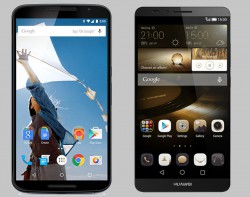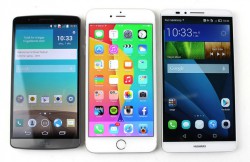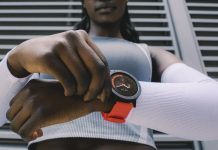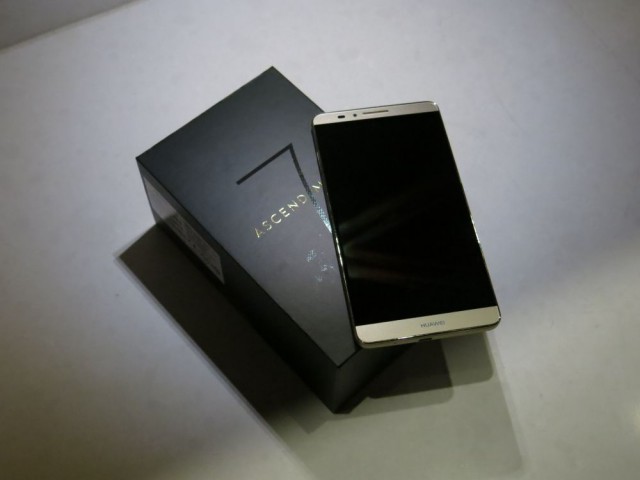
Just over a month ago I reviewed the Huawei Ascend P7 and was impressed with the build of the device (less so the software) so when Huawei launched their new flagship in Australia, the Ascend Mate 7 I got in early with Ausdroid staff to have a crack at reviewing it. With so many new phones coming out at around this size and many users in doubt of being able to make the jump into the ultra-phablet range I thought a first impressions of using such a device was in order.
Design
Open the stylish black box and reveal a beautiful-looking gold (Amber Gold is the official colour) phone that immediately reminded me of the HTC One (and due to the size of it the HTC One Max). You can guess what that means- a well-designed, attractive device, I am sure most of us are in agreement that the HTC One range are good looking phones. It may lack the BoomSound speakers of the HTC devices but the Huawei Ascend Mate 7 lacks none of their good looks and adds in a few extra that really make it stand out. The body of the Ascend Mate 7 is constructed of 95% metal, including an aluminium alloy interior chasis. The device feels very premium and Huawei should be commended for that.
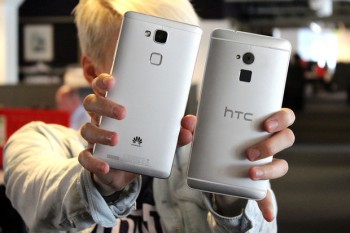
Hardware
The display is the biggest of the current phablets doing the rounds of the media at 6 inches. While it is only 1080p and not the popular 2k the display, it is pleasant to use, without blowing me away. The back of the device houses the 13MP camera with LED flash but I have yet to test that out yet. What was impressive on the back of the device was the fingerprint reader. Huawei worked with a Swedish company specialising in finger-scan technology and have produced an amazingly accurate, easy to use, fast fingerprint reader. I always thought it would be a gimmick but the robustness of this reader has changed my mind. Makes for a very secure and easy way to switch on the phone. So far I have not had any issues with the HiSilicon Kirin 925 processor and the 3GB of RAM certainly prevents any slowdowns, although I am yet to really put it through it’s paces.
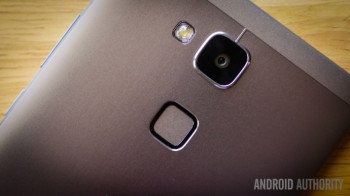
Software
The Ascend Mate 7 uses the latest version of the Huawei designed skin – their so called Emotion UI or EMUI. At version 3.0, it’s progressed fairly quickly from the days when Huawei used to deliver basically a stock Android device. One of the main bug bears we’ve had with the Emotion UI is their insistence on removing the app drawer, preferring instead to have apps simply install an icon to the home screen. It’s a very strange way to do it, and this time around Huawei has made it a touch more difficult to change the launcher – yes, despite what you’ve heard, you CAN change the launcher – but once you change it you’re still left with the Huawei settings and notification panel. We’ll get more into this later, but some of the additions Huawei have included make using the overly large phone a little bit easier to use.
Usability
Here it is, the section that all Nexus 6 prospective buyers will jump straight to. Bear in mind that I am coming from a OnePlus One, a fairly big phone as it is, so take what I say as you will. At the start of the year when OnePlus asked about what sized screen I thought they should put in the OnePlus One I voted for a 5in screen. I thought the Nexus 5 had the perfect sized screen, as I did the Nexus 4 and Galaxy Nexus, and HD2 before that. See the pattern here? Each time I try a new display size (and usually a bigger phone) it doesn’t take me long to wonder how I ever survived with a display any smaller than this. After using the Huawei Ascend Mate 7 for less than a day I can safely say that this is the case yet again. While it may be difficult to reach the entire display when using the phablet one handed you find ways to get around it.
Huawei have included some nice additions to help usability on this device. While they are great they are hardly revolutionary and I have no doubt that there will be apps on the Play Store to aid Nexus 6 users as well before too long. The Ascend Mate 7 is slightly smaller and thinner than the Nexus 6 but lacks the curve of the back, and doesn’t feel as good in the hand as it might with that curve. I can easily see this new range of phones hitting 6-inches in size will stimulate not only other manufacturers to build more ddecent phablets but also app developers to innovate with usability ideas that could be implemented in a phablet. I do not wear skinny jeans, preferring cargo pants, so the size of the device is definitely not an issue when pocketing it and I doubt it will be any different for many of you too.
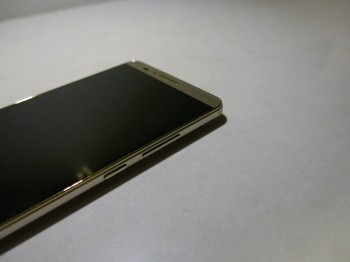
In the end this quick first impressions post is about the Huawei Ascend Mate 7 so let me sum this up with the following: The Huawei Ascend Mate 7, in the high end configuration we are reviewing, is so far a very good device with what seems to be a great build quality with what has been touted as the best fingerprint reader in the industry. The display is a massive 6 inches making a massive device which is still usable once you get used to it and find ways to navigate the display. At at least $200 cheaper than a Nexus 6 for the high-end model it seems to be a great option for those who can’t stretch to the 900 clams required for a Nexus 6.


